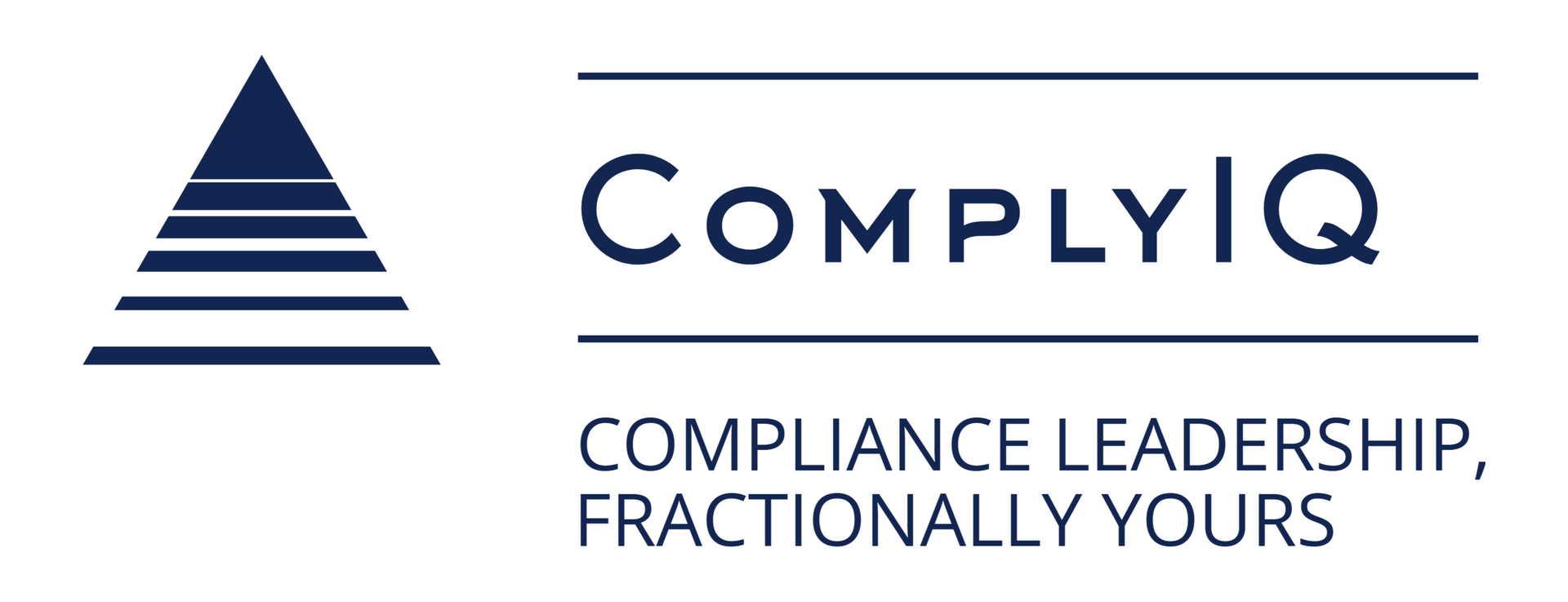Building an Agentic AI Compliance Program: A Fintech Roadmap
Building an Agentic AI Compliance Program to shift fintechs from manual review to audit-ready, autonomous decisioning with clear oversight, data controls, and ROI.

Introduction
Compliance is changing fast.
Seventy-eight percent of financial institutions plan to implement AI-driven compliance solutions by 2025. This isn't about basic automation anymore.
Agentic AI compliance programs make decisions independently. No human supervision for every single transaction.
Picture your current setup: flag transaction, wait for review, document findings, file reports. Now imagine AI handling that entire process in seconds. Only the complex cases reach your desk. For fintech operations, compliance transforms from cost center to profit driver.
Understanding Agentic AI in Financial Compliance
Your current compliance process feels like constant firefighting.
You spot suspicious activity. Then wait hours for investigation. Then more waiting for documentation and filing.
Agentic AI changes everything.
When a $15,000 wire comes from a new customer in Eastern Europe, traditional systems flag it and stop. Agentic AI evaluates the transaction against OFAC lists, customer risk profiles, and transaction patterns.
High confidence? It processes the payment and files the required reports.
Low confidence? It lands on your desk with complete analysis already done.
Step 1: Check Your Current Setup
Most fintechs run compliance like a patchwork quilt.
Separate systems for transaction monitoring. Different platform for KYC. Another tool for regulatory reporting. Everything connected by manual handoffs and Excel files.
Find your biggest time drains.
Usually it's transaction review queues backing up for days. Customer risk assessments taking weeks. Exam prep consuming entire quarters.
SR 11-7 model risk management guidance requires documentation of how your models work and perform. Start there.
Focus on repetitive tasks first.
Transaction monitoring works because it uses clean data and clear regulatory thresholds. Avoid judgment-heavy areas initially.
Your data quality determines success. The NIST AI framework makes this clear: garbage data creates garbage decisions.
Step 2: Design Your Decision Rules
Set clear boundaries for AI autonomy.
Create simple decision trees. Transactions under $10,000 from established customers? AI handles it. Wire transfers over $50,000 to new jurisdictions? Human review required.
The NIST Generative AI Profile provides guidance on human oversight mechanisms.
Your AI needs regulatory update feeds.
New OFAC sanctions drop weekly. State licensing requirements change quarterly. Build systems that incorporate updates across all decisions immediately.
Create dashboards that matter.
Compliance officers need real-time visibility into AI performance, decision patterns, and override rates. The OCC Model Risk Management guidance requires appropriate human oversight.
Every AI decision needs an audit trail showing supporting data, confidence scores, and reasoning.
Step 3: Start Small and Test Everything
Pick your pilot carefully.
Document verification or routine regulatory filing work best. High volume, clear success criteria, minimal downside if something goes wrong.
Test with historical data first.
Include edge cases and unusual situations that might break your system. Normal operations won't reveal these problems.
Measure what matters.
Track decision accuracy, processing time, false positive rates, and regulatory feedback. The AI Fairness 360 toolkit helps measure performance across different customer groups.
Have rollback procedures ready. Define specific triggers for pausing AI operations and reverting to manual processes if performance drops.
Proper dataset documentation helps track training data sources and limitations. Quality training data is non-negotiable.
Common Mistakes That Cost Money
Don't eliminate human oversight. CFPB guidance on AI and consumer protection makes clear you're still responsible for AI decisions affecting consumers.
Bad training data creates biased decisions.
Many fintechs rush implementation using limited historical data. This works in testing but fails when real customers don't match your training set.
Poor change management kills adoption.
Staff think AI will replace them. Without proper training, teams resist or sabotage AI systems. The FTC's guidance on AI compliance and transparency warns against overstating AI capabilities or inadequate human oversight.
Measuring Success
Track processing time, decision accuracy, false positive reduction, and staff productivity gains. But don't ignore regulatory feedback and examination findings.
Monitor examiner reactions to your AI systems. Proactive communication about capabilities and limitations maintains regulatory credibility.
The SHAP explainability library helps understand how AI models make decisions and identify improvement opportunities.
Calculate ROI through reduced manual work, faster regulatory responses, better audit readiness, and fewer compliance delays in product launches.
Most fintechs see payback within 6-12 months.
Frequently Asked Questions
Do regulators accept AI-driven compliance? Yes, with proper oversight and audit trails. The guidance from the regulators emphasizes trustworthy AI with appropriate governance.
How do we maintain audit trails? Log all input data, decision logic, confidence scores, and human overrides. NIST's explainable AI principles provide guidance for audit-ready explanations.
What about integration challenges? Data quality and format consistency cause the biggest problems. Plan for 40-60% of implementation effort going to data cleanup.
What's the timeline and cost? Pilots typically take 3-6 months and cost $50,000-$200,000. Full implementation runs 6-18 months with $10,000-$50,000 monthly operational costs.
Conclusion
AI compliance systems give fintechs a real edge. Faster decisions. Consistent regulatory interpretations. Better resource allocation.
But regulatory missteps cost millions.
Start with focused pilots in low-risk areas. Learn what works before expanding to critical compliance functions. Get the regulatory expertise to build AI compliance systems that pass examinations and accelerate growth.










